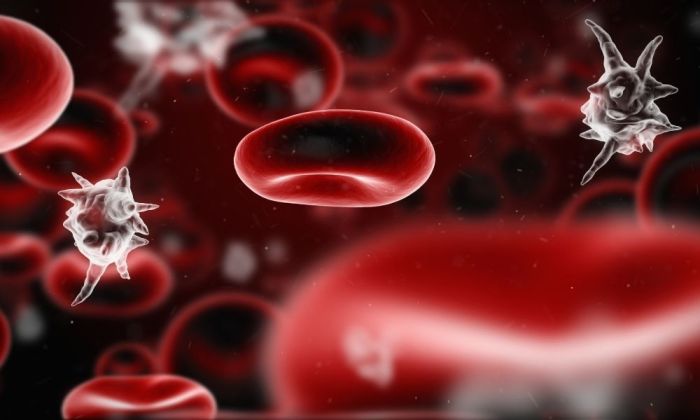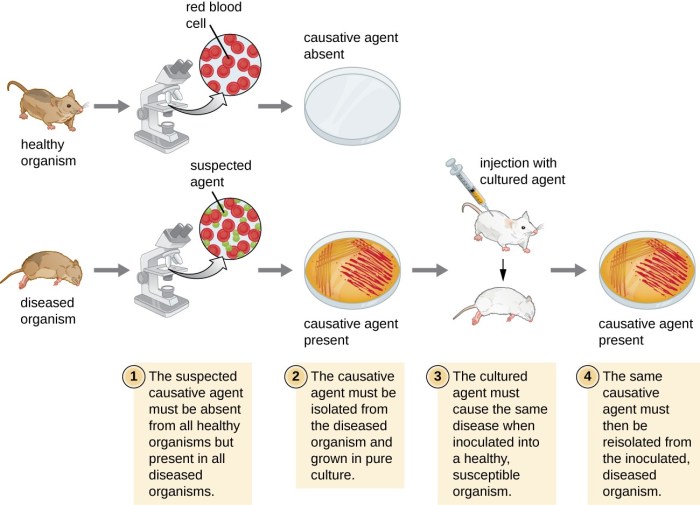Select all the true statements about bloodborne pathogens. Bloodborne pathogens are microorganisms that can cause disease in humans. They are found in the blood and other body fluids of infected people. Exposure to bloodborne pathogens can occur through contact with contaminated blood or body fluids, such as through a needlestick injury or a cut.
Bloodborne pathogens can cause a variety of diseases, including hepatitis B, hepatitis C, and HIV.
In this article, we will discuss the transmission of bloodborne pathogens, the identification and risk assessment of bloodborne pathogens, universal precautions and standard precautions, infection control practices, and postexposure management. We will also provide a list of FAQs about bloodborne pathogens and their concise answers.
Transmission of Bloodborne Pathogens

Bloodborne pathogens are microorganisms that can be transmitted through contact with infected blood or other bodily fluids. The primary routes of transmission include:
- Percutaneous exposure:Occurs when a sharp object, such as a needle or scalpel, punctures the skin and comes into contact with infected blood.
- Mucous membrane exposure:Occurs when infected blood or bodily fluids come into contact with the mucous membranes of the eyes, nose, or mouth.
- Non-intact skin exposure:Occurs when infected blood or bodily fluids come into contact with non-intact skin, such as open wounds or abrasions.
In healthcare settings, exposure to contaminated blood or bodily fluids can occur during procedures such as blood draws, IV insertions, and surgical interventions. Sharps injuries, such as needle sticks or cuts from contaminated instruments, are a significant risk factor for transmission.
Identification and Risk Assessment of Bloodborne Pathogens
Common bloodborne pathogens encountered in healthcare settings include:
- Hepatitis B virus (HBV)
- Hepatitis C virus (HCV)
- Human immunodeficiency virus (HIV)
Exposure to these pathogens can have serious health consequences, including liver disease, cirrhosis, and cancer. Risk assessment is crucial in determining the appropriate precautions to take when handling potentially infectious materials. Factors to consider include:
- The type of bloodborne pathogen
- The concentration of the pathogen in the infected blood or bodily fluid
- The route of exposure
- The susceptibility of the exposed individual
Universal Precautions and Standard Precautions

Universal precautionsassume that all blood and bodily fluids are potentially infectious and require the use of appropriate personal protective equipment (PPE) to prevent transmission. Standard precautionsare a subset of universal precautions that are applied to all patients, regardless of their known or suspected infectious status.
Components of standard precautions include:
- Hand hygiene
- Use of PPE (gloves, gowns, masks, eye protection)
- Safe handling and disposal of sharps
- Environmental cleaning and disinfection
PPE for standard precautions typically includes gloves, gowns, and eye protection, while universal precautions may require additional PPE, such as masks or respirators.
Infection Control Practices
Key infection control practices to prevent the transmission of bloodborne pathogens in healthcare settings include:
- Hand hygiene:Washing hands with soap and water or using an alcohol-based hand sanitizer is essential for preventing the spread of pathogens.
- Proper handling and disposal of sharps:Sharps containers should be used to safely dispose of used needles and other sharp objects.
- Environmental cleaning and disinfection:Surfaces and equipment that may have come into contact with blood or bodily fluids should be cleaned and disinfected regularly.
Engineering controls, such as sharps containers and needleless systems, can also reduce the risk of exposure.
Postexposure Management: Select All The True Statements About Bloodborne Pathogens

In the event of a potential exposure to a bloodborne pathogen, it is crucial to follow these steps:
- Immediate first aid:Clean the exposure site with soap and water.
- Report the exposure:Notify the supervisor and follow institutional protocols.
- Seek medical evaluation:A healthcare professional should assess the exposure and determine the need for postexposure prophylaxis (PEP).
PEP is a course of medication that can prevent or reduce the risk of infection after exposure to a bloodborne pathogen. The decision to use PEP depends on the type of pathogen, the route of exposure, and the individual’s immune status.
Clarifying Questions
What are bloodborne pathogens?
Bloodborne pathogens are microorganisms that can cause disease in humans. They are found in the blood and other body fluids of infected people.
How are bloodborne pathogens transmitted?
Bloodborne pathogens can be transmitted through contact with contaminated blood or body fluids, such as through a needlestick injury or a cut.
What are the symptoms of bloodborne pathogen infection?
The symptoms of bloodborne pathogen infection vary depending on the specific pathogen. However, some common symptoms include fever, fatigue, muscle aches, and nausea.
How can I protect myself from bloodborne pathogens?
There are a number of precautions that can be taken to reduce the risk of exposure to bloodborne pathogens. These precautions include wearing gloves, gowns, and masks when handling blood or body fluids, and disposing of sharps in a sharps container.